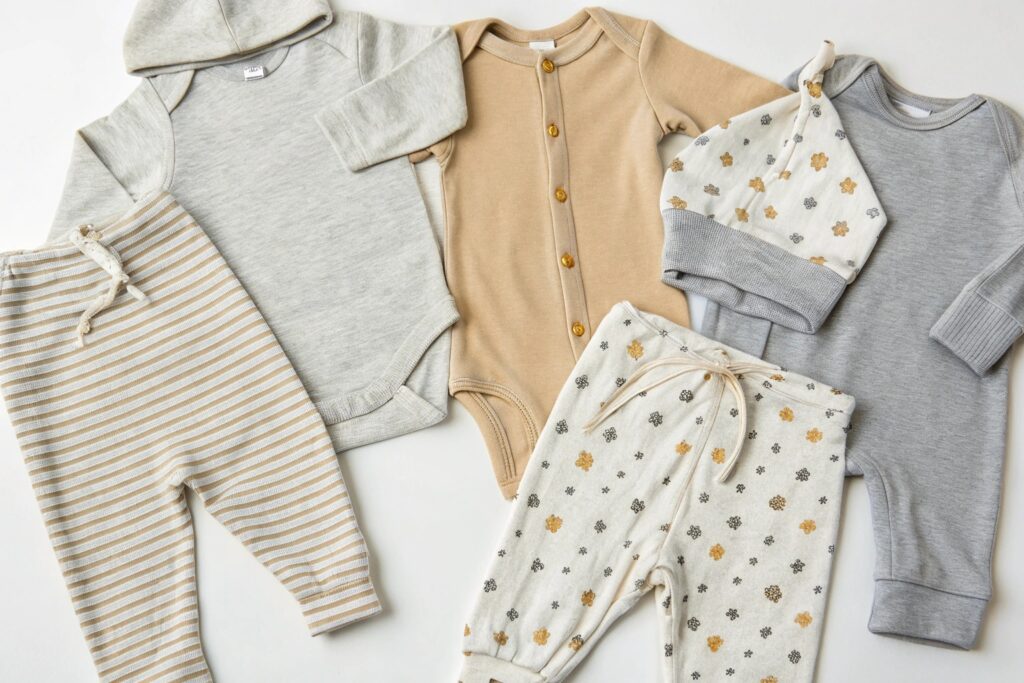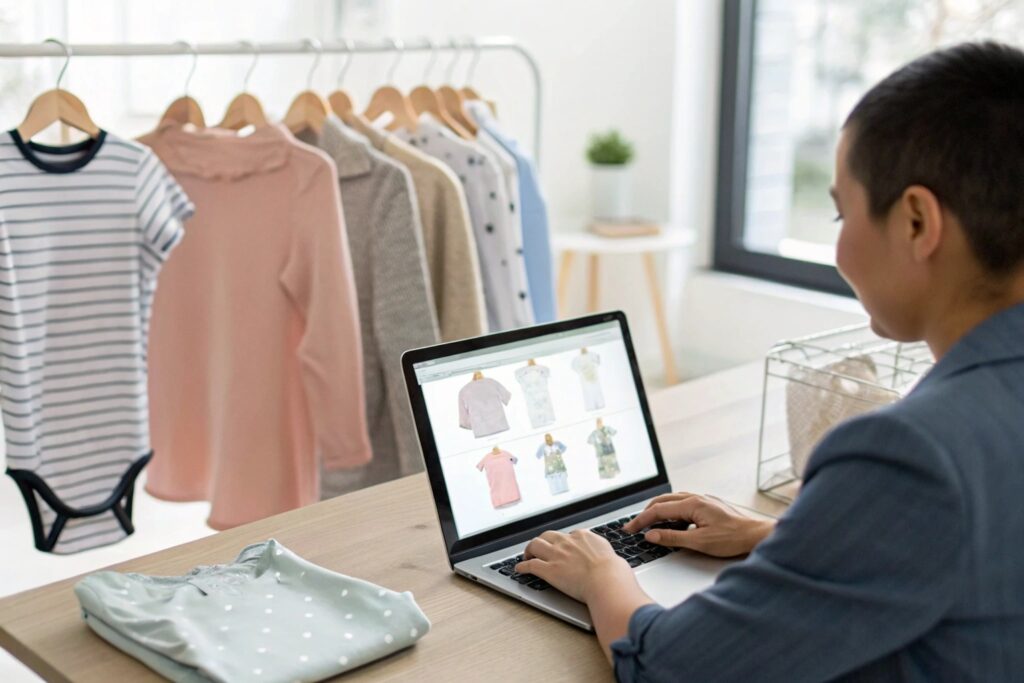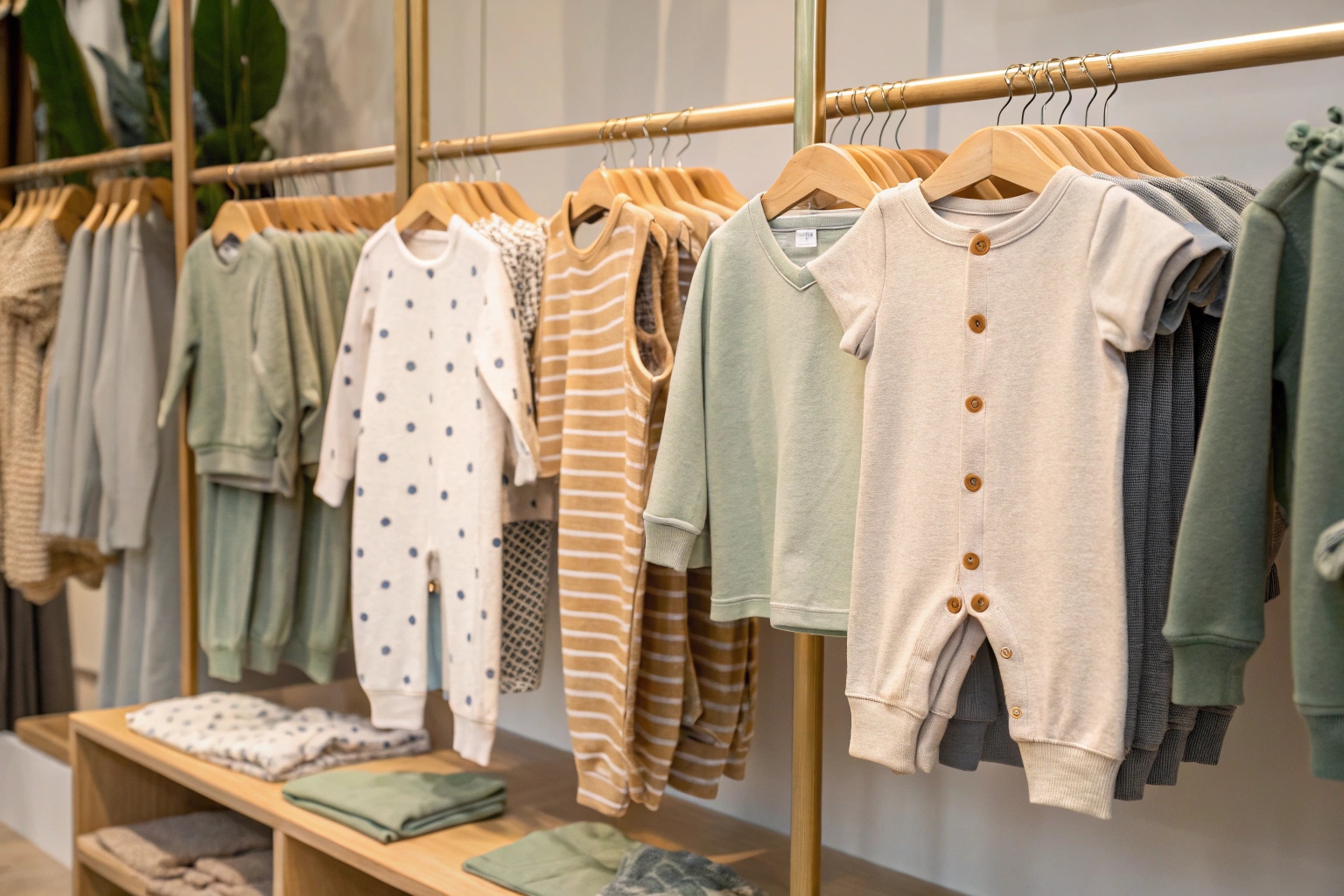The babywear niche has exploded online in recent years. With thousands of stores, Instagram ads, and DTC brands, is there still room to make a profit?
Yes—online baby clothing remains a profitable niche in 2025. With the global babywear market valued at over $70 billion and strong growth in e-commerce channels, new brands can still enter and succeed by targeting the right audience and offering value, quality, or uniqueness.
In this article, we’ll explore market size, profit potential, dropshipping viability, and the trends fueling digital babywear sales.
How Big Is the Online Babywear Market Today?
The babywear market is big—and the online segment is growing even faster.
As of 2025, the global babywear market exceeds $74 billion, with online sales contributing over 35%. North America, Europe, and Southeast Asia are key online growth regions.

Babywear market by the numbers:
| Region | Online Babywear Share | Key Notes |
|---|---|---|
| North America | 40%+ | High smartphone use + fast delivery |
| Europe | 35–38% | Focus on organic brands and premium DTC |
| Asia-Pacific | 30–35% | Rapid growth in marketplaces (e.g. Shopee) |
| Middle East/Africa | 20–25% | Expanding logistics and mobile commerce |
What’s fueling growth?
- Millennial and Gen Z parents shopping online
- Convenience of babywear bundles/subscriptions
- Rise of niche DTC baby brands via Shopify, Etsy, etc.
At Fumao, we work with dozens of online-first babywear startups that began with under 500 pieces and now scale globally with repeat orders.
What Are the Profit Margins in Baby Clothing?
Profit depends on your business model—but babywear is one of the few niches where margins can be both high and stable.
Most online baby clothing brands operate with 50–70% gross profit margins, especially when using OEM manufacturing. Premium or organic collections often exceed 100% markup due to perceived value.

Sample profit breakdown:
| Item | Cost (USD) | Selling Price (USD) | Gross Margin |
|---|---|---|---|
| Basic cotton bodysuit | $2.50 | $9.99 | ~75% |
| Organic baby romper | $4.20 | $16.00 | ~74% |
| Branded graphic tee | $3.00 | $12.00 | ~75% |
| 3-pack baby bibs | $2.00 | $9.00 | ~77% |
Expenses to consider:
- Shipping and logistics
- Paid advertising (Meta, TikTok, Google)
- Platform fees (Shopify, Amazon, Etsy)
- Sample development and photoshoots
Brands that control their supply chain—like working with Fumao—can improve margins by ordering in bulk or launching private label collections.
Is Dropshipping Baby Clothes Still Worth It?
Many people start with dropshipping because it requires low investment. But does it still work for babywear?
Dropshipping baby clothes is still possible—but competition is high and profit margins are thin. Unless you have a strong brand, good supplier, and niche positioning, long-term profitability is limited.

Pros of babywear dropshipping:
| Advantage | Why It Helps Beginners |
|---|---|
| Low startup cost | No inventory or warehouse needed |
| Easy testing of designs | Launch with mockups and POD tools |
| Wide supplier access | Platforms like AliExpress or Spocket |
Cons of babywear dropshipping:
| Challenge | What It Means |
|---|---|
| Low profit margins | Hard to compete with $2–$5 products |
| Long shipping times | Frustrates parents with urgent needs |
| Limited quality control | Inconsistent sizing or materials |
| No brand control | Generic packaging and poor experience |
What works better?
- Build a niche (e.g. “neutral babywear,” “sibling matching sets”)
- Switch to OEM private label as soon as demand grows
- Work with reliable suppliers like Fumao for better quality + branding
What Trends Are Driving Babywear E-commerce Growth?
Even with a crowded market, new brands keep popping up—and thriving. So what trends are fueling this?
Key trends driving babywear e-commerce include organic cotton demand, gender-neutral fashion, minimalist styles, influencer-driven launches, and matching family outfits.

Leading trends in 2025:
| Trend | How It Impacts Sales |
|---|---|
| Organic / natural fabrics | Appeals to health- and eco-conscious parents |
| Neutral, gender-free design | Expands your audience and lowers inventory risk |
| Baby + toddler matching sets | Increases cart value |
| Mini-me / family matching | Boosts social sharing and gifting sales |
| Subscription bundles | Increases customer lifetime value |
Bonus: Marketing trend
- TikTok and Instagram reels with real-life baby content
- Unboxing videos from new moms or influencers
- Micro-influencer reviews with discount codes
At Fumao, we support trend-driven brands with small-batch sampling, fast reorders, and ready-to-ship stock for social selling.
Conclusion
Yes—online babywear is still a profitable niche, especially for brands that stand out with organic fabrics, thoughtful design, and social-savvy marketing. Dropshipping may work to test ideas, but long-term profits come from quality, control, and strong supplier relationships. If you’re planning to start or grow your babywear brand, now’s still a great time to enter.










